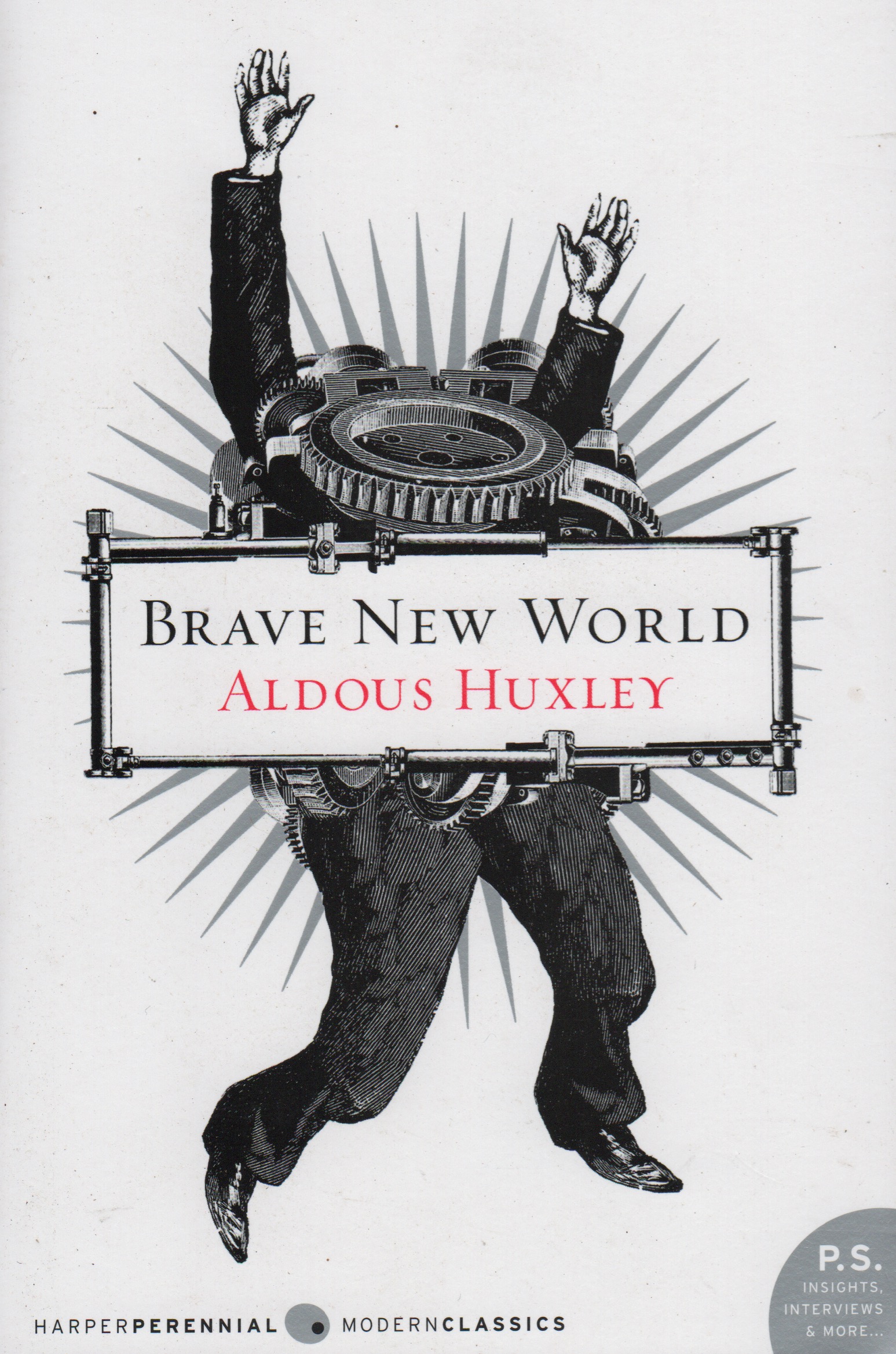

Scogan, who lies in wait for anyone he can waylay with his reductive criticisms of the time and his visions for a dystopian future.

Also part of the party is Henry's former schoolfriend, the cynical Mr. His wife is obsessed with alternative spirituality and finds a fellow sympathiser in the prolific literary hack, Mr. Wimbush, the owner of Crome, has been writing a history of the house and its family, from which he gives two evening readings. The hard-of-hearing Jenny Mullion confines most of her thoughts on what goes on to her journal, in which Denis eventually discovers a devastating deconstruction of himself and fellow guests. The rather naïve flapper, Mary Bracegirdle, decides to embark on an amorous adventure so as to overcome her repressions and makes unsuccessful advances to Denis and Gombauld before falling for the libertine Ivor Lombard one summer night. Denis is secretly in love with their niece, Anne Wimbush, who appears more interested in the artist Gombauld.

Described by his hostess as "one of our younger poets", he has been invited by Priscilla and Henry Wimbush to join their summer guests. Although "Nothing important happens…the story floats and sails upon the turbid intensity of restless sex." Plot Ī house party at Crome is viewed largely through the eyes of Denis Stone. Scott Fitzgerald observed how within the novel's ambiguous form Huxley created structures and then demolished them "with something too ironic to be called satire and too scornful to be called irony." In addition, the open treatment of sexuality there appeared significant to Henry Seidel Canby. Mencken questioned whether its comedy of manners could be called a novel at all but hailed with delight the author's "shrewdness, ingenuity, sophistication, impudence, waggishness and contumacy." Īt the same time F. There diverse types of the period are exhibited interacting with each other and holding forth on their personal intellectual conceits. This was in recognition of the fact that it was modelled on (and publicised as in the tradition of) Thomas Love Peacock’s country-house novels. In view of its episodic nature, the novel was described in The Spectator as "a Cubist Peacock". Though a social satire of its time, it is still appreciated and has been adapted to different media.Ĭrome Yellow was written during the summer of 1921 in the Tuscan seaside resort of Forte dei Marmi and published in November of that year. Crome Yellow is the first novel by British author Aldous Huxley, published by Chatto & Windus in 1921, followed by a U.S.


 0 kommentar(er)
0 kommentar(er)
